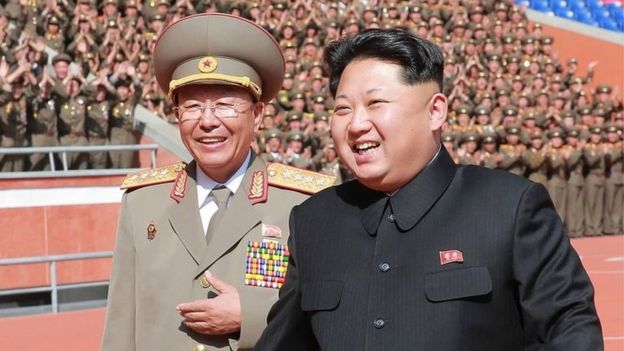
This article was last updated on April 16, 2022
Canada: ![]() Oye! Times readers Get FREE $30 to spend on Amazon, Walmart…
Oye! Times readers Get FREE $30 to spend on Amazon, Walmart…
USA: ![]() Oye! Times readers Get FREE $30 to spend on Amazon, Walmart…
Oye! Times readers Get FREE $30 to spend on Amazon, Walmart…
Given the recent sabre-rattling by both North Korea and the United States, a recent article published on the Defense Priorities website and written by Brigadier General Rob Givens, USAF (Ret.) provides us with an insider’s viewpoint on what a war on the Korean Peninsula would look like. For those of you that are not aware of Defense Priorities, its mission is:
“To inform citizens, thought leaders, and policy makers of the importance of a strong, dynamic military—used more judiciously to protect America’s narrowly defined national interests—and promote a realistic grand strategy prioritizing restraint, diplomacy, and free trade to ensure American security.”
It also believes that:
“The most important function of government is to secure the rights and liberties of individual citizens, in part by providing for the common defense. As such, the United States should maintain the strongest military in the world in order to defend our homeland, maintain our national security, and protect our cherished freedoms…
Overall, the United States should pursue a more prudent, restrained foreign policy that assesses the world as it exists, carefully considering the numerous complexities and nuances of each situation. A principled, constitutional foreign policy would send our brave men and women into harm’s way only after the American people, through their duly elected representatives in Congress, have debated the merits of military action.” (my bold)
Given that Article 1, Section 8, Clause 11 of the U.S. Constitution states that Congress has the power to declare war, the last part of the previous paragraph is particularly pertinent in this age of Presidential tweeting about a potential war with North Korea.
Let’s start by looking at the military powers of North Korea and the United States according to GlobalFirepower;
1.) North Korea – the DPRK’s military is currently ranked number 23 out of 133 nations in the GlobalFirepower ranking system. Here is the breakdown:
Manpower:
Airpower:
Army Strength:
Naval Strength:
For a more detailed examination of North Korea’s military power, please click here.
3.) United States – the U.S. military is currently ranked number 1 out of 133 nations in the GlobalFirepower ranking system. Here is the breakdown:
Manpower:
Airpower:
Army Strength:
Navy Strength:
As you can see, the United States has a significant materiel advantage over North Korea, however, as the examples of Vietnam, Iraq and Afghanistan have taught us, more military hardware does not necessarily bring with it a quick defeat of enemy forces.
With that background to help you put the two military powers into perspective, let’s look at what the former Brigadier General has to say about what a war with North Korea would look like. We’ll look at the potential war by service:
1.) Air war – the author suggests that, in the opening minutes of the war, thousands of aircraft will be involved including two USAF fighter wings with 100 plus fighter aircraft that are permanently stationed in South Korea accompanied by South Korean aircraft. South Korean-based aircraft would be joined by Navy, Marine and Air Force fighters stationed at Okinawa and aircraft based at various locations in Japan. These aircraft would be joined by American bombers located around the world. The U.S./South Korea coalition (hereafter referred to as the coalition) would target both the DPRK’s aircraft and their missile and artillery batteries. If the DPRK takes the initiative, losses will be higher until the point where the coalition achieves air superiority.
2.) Naval war– the author suggests that the task of hunting for North Korea’s 70 plus attack- coastal- and midget-submarines will be difficult and would involve many small but deadly engagements that would fall within the range of North Korea’s anti-ship missile batteries. Even though the coalition has naval superiority, the author expects that the coalition would lose ships to mines, torpedoes as well as anti-ship missiles. He expects that it will be a difficult task to root out the submarines that will be lurking in the waters of the Yellow Sea and the Sea of Japan and that coalition ships will be vulnerable.
3.) Ground war – the author suggests that the ground war will be very intense because of the rugged, mountainous terrain along the border (the 158 mile long Demilitarized Zone) between both nations as shown on this photo:
This constrained terrain will provide little maneuvering room for the implementation of the open and unobstructed battlefield strategies used in the two Gulf Wars. North Korea also has significant ability to infiltrate behind coalition lines through a network of tunnels that have been historically used by the DPRK, in fact, the four tunnels that have been dug by the North Koreans had the capacity to transport as many as 2000 troops per hour into South Korea. As well, all we need to do is look back at the American experience in Vietnam to see how tunnel warfare can defeat even the most well-equipped military force. Massive artillery firepower and hand-to-hand combat would be needed to push soldiers back from their current lines, requiring far more soldiers than are in place today. Currently, approximately 23,500 U.S. troops are located in South Korea with an agreed upon ceiling of 28,500.
Let’s look at overall casualties. The author estimates that the DPRK would inflict 20,000 casualties per day in Seoul for the first several days of fighting, largely because of the high population density of the Seoul urban area. Other areas would also experience significant casualties and, in both cases, there would be significant collateral damage. The author expects that the coalition will use cluster weapons that often have long-term negative ramifications for civilian populations. He also expects that the coalition will target artillery and missile batteries as well as command facilities that are located in urban areas of North Korea. He also expects that North Korean forces will level much of Seoul (population 10.236 million) with the 11,000 pieces of artillery and rocket that they have deployed within range of Seoul.
Let’s look at some statistics from the first Korean War:
Chinese – North Korean Army – 1.2 million in June 1951.
United Nations Command – 256,000 U.S. ground troops plus 500,000 South Korean ground troops plus 28,000 ground troops from other nations in June 1951. In total, over the three year war, 1,789,000 American soldiers served in theatre.
North Korea Military Casualties – median number 316,579.
North Korea Civilian – median number 1,000,000.
United States Military Casualties – 33,739 deaths, 103,284 wounded.
China Military Casualties – 1,000,000 plus killed, wounded and missing.
North Korea Military Casualties – 520,000 wounded and missing.
Interestingly, as of June 2017, there are still 7,747 American soldiers who fought in t he Korean War that have not been unaccounted for.
Former General Curtis LeMay once stated that over the three year period of the “hot” war between 1950 and 1953, North Korea lost approximately 20 percent of its civilian population of between 8 and 9 million people.
Let’s close this sobering posting with Brigadier General Givens’ final paragraph:
“As a combat veteran, I maintain that all war is “horrific,” but a new Korean war would most likely reach new levels of destruction and make our last 16 years of active combat in the Middle East pale in comparison.”
Click HERE to view more.
You can publish this article on your website as long as you provide a link back to this page.

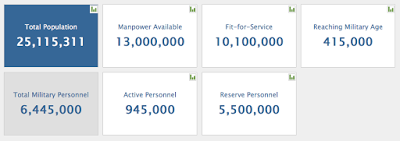
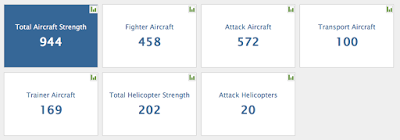
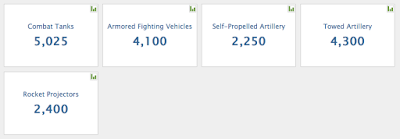
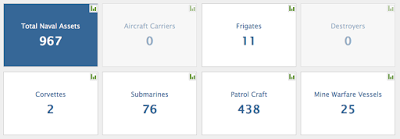
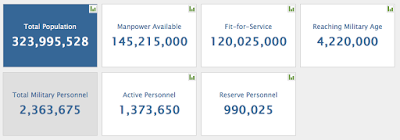
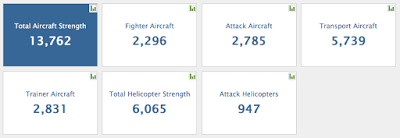
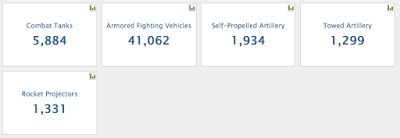
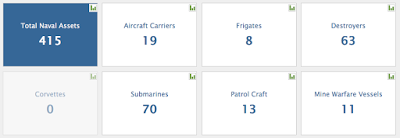
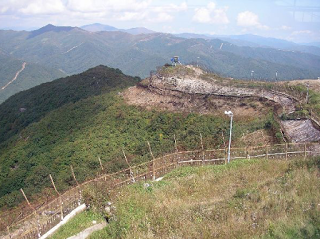
Be the first to comment